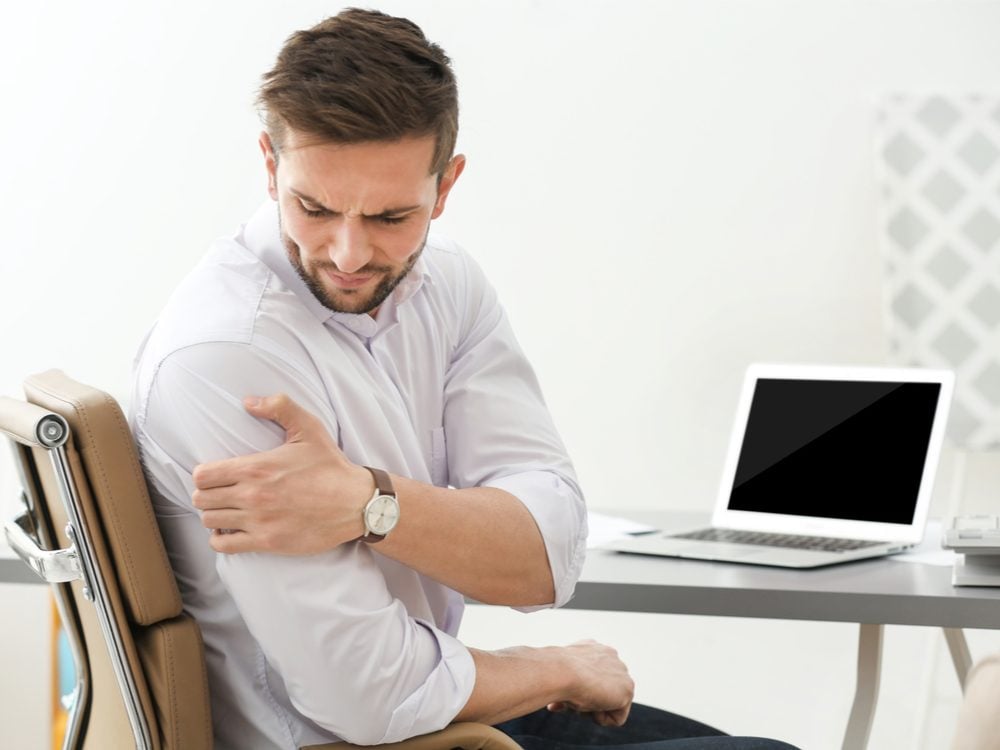
Keep your blood flowing
Sitting for prolonged periods can lead to shoulder and back pain. Getting up once an hour for a stroll to the water cooler can make a difference.
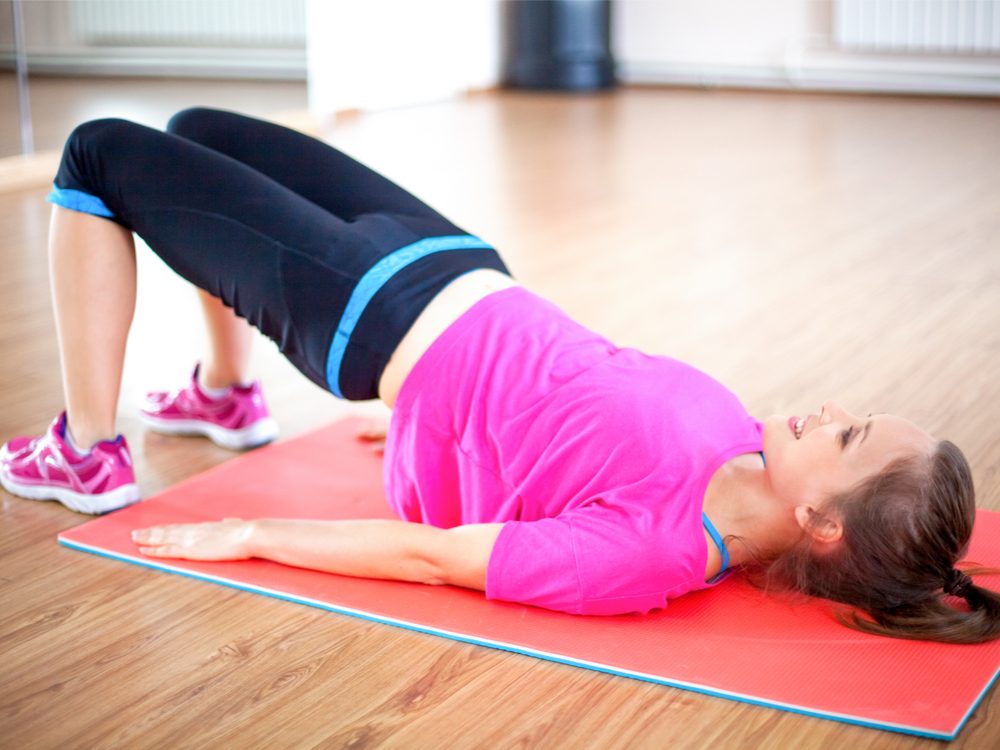
Physio can help your pelvic-floor
Pelvic-floor disorders affect one in three women and can be associated with pain, incontinence, sexual difficulties and even prolapse. Pelvic-floor physiotherapists might help with targeted exercises.
Find out why men should be doing kegel exercises, too.
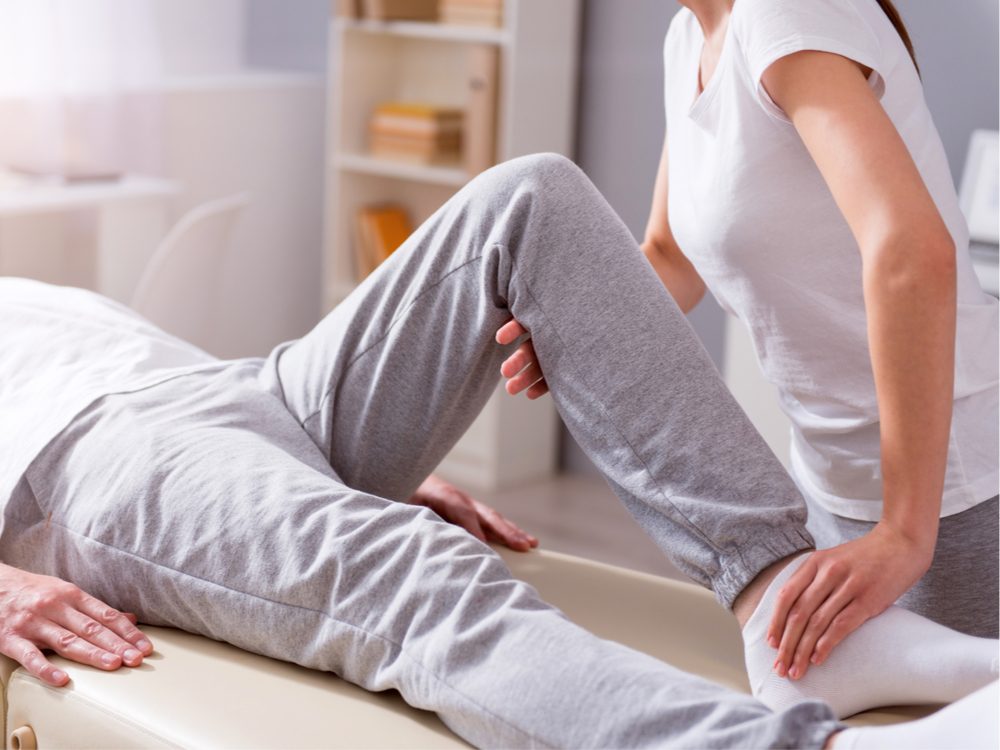
Physio doesn’t have to break the bank
It’s possible to be reimbursed for physio under your private insurance plan without needing a referral. If you’re 65 or older, you may need a doctor’s okay to access government-funded physical therapy.
Here are 20 symptoms you should never ignore.
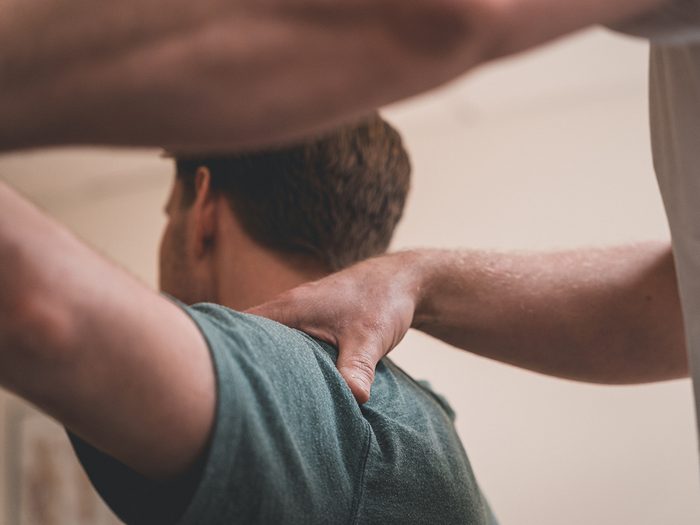
Pain isn’t always a bad thing
Massages needn’t always feel relaxing. Physios are trained to manipulate muscles and joints for pain management through the release of tension. That said, a therapist shouldn’t cause intense discomfort.
Find out which foods fight inflammation.

Your mental health matters
Chronic neck pain is common in people who have depression, and vice versa. “Screening for mental health issues can help inform the way we manage the pain,” says Jasdeep Dhir, past-chair of the orthopaedic division of the Canadian Physiotherapy Association.
Here are 10 mental health podcasts worth adding to your playlist.
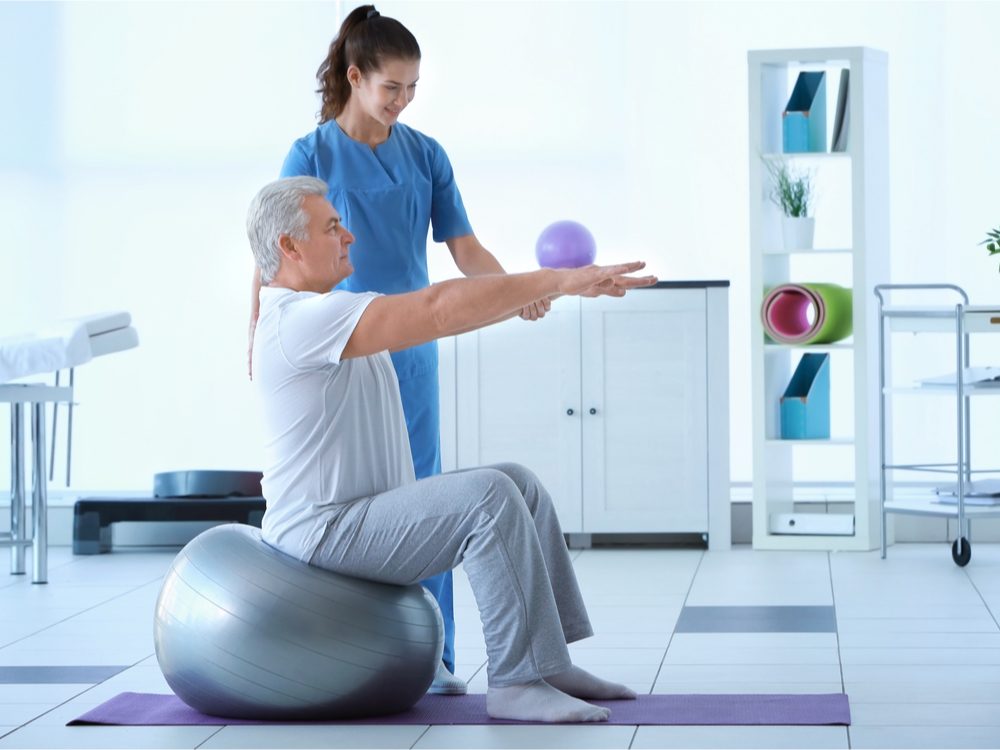
Severe pain doesn’t mean you can’t recover
Your capacity to recover from an injury isn’t tied to the severity of your pain. What researchers call your “pain self-efficacy”—your belief that you will fully regain your ability to do the things that are important to you—is a strong predictor of success.
Here are five sore feet remedies you can try at home.

Make a recovery plan
Sprained your ankle? A physiotherapist can assess you and determine whether you can manage recovery on your own. If you don’t heal from an injury properly, you may start to move your body differently, which could lead to pain in other areas.
These are the best exercises for seniors.
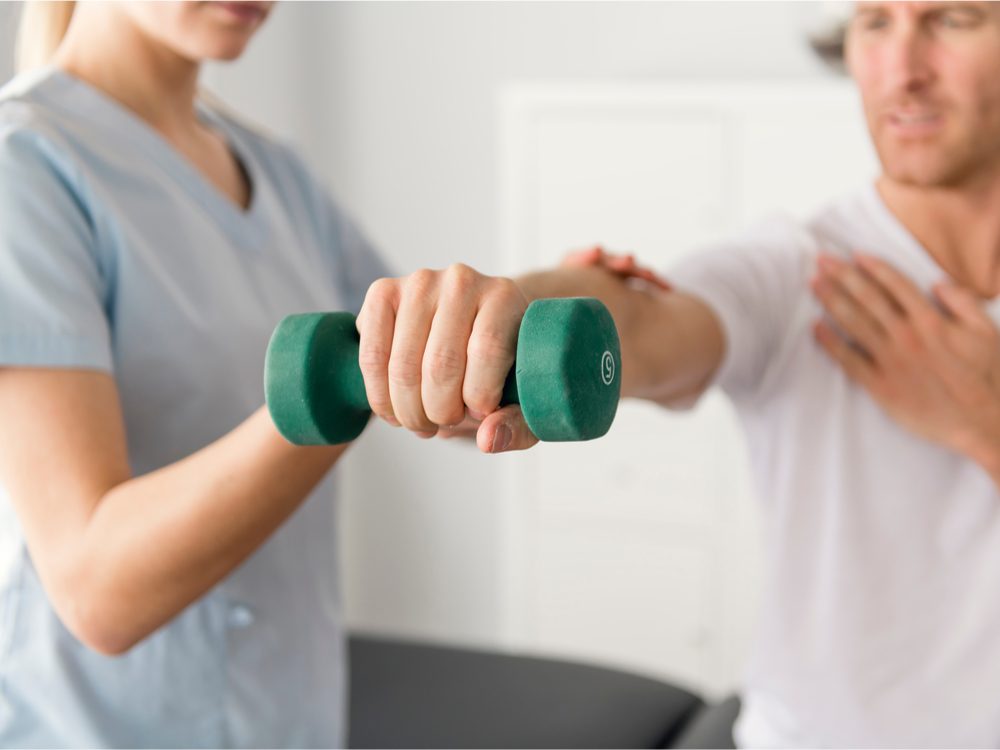
Ask before you get active
If you’ve been injured in the past, consult a pro before you try a new activity. “A physiotherapist can give you individualized advice on how to prevent injuries,” says Dhir.
Explore the benefits of Nordic walking.

But don’t stay on the sideline
Don’t stay on the sideline. Even if you’ve hurt yourself, you can likely return to activities you enjoy, provided you receive proper care. “The goal of physio is to restore you to optimal function, whatever that means for you,” says Dhir.
Here’s expert advice on how to find relief from everyday aches and pains.
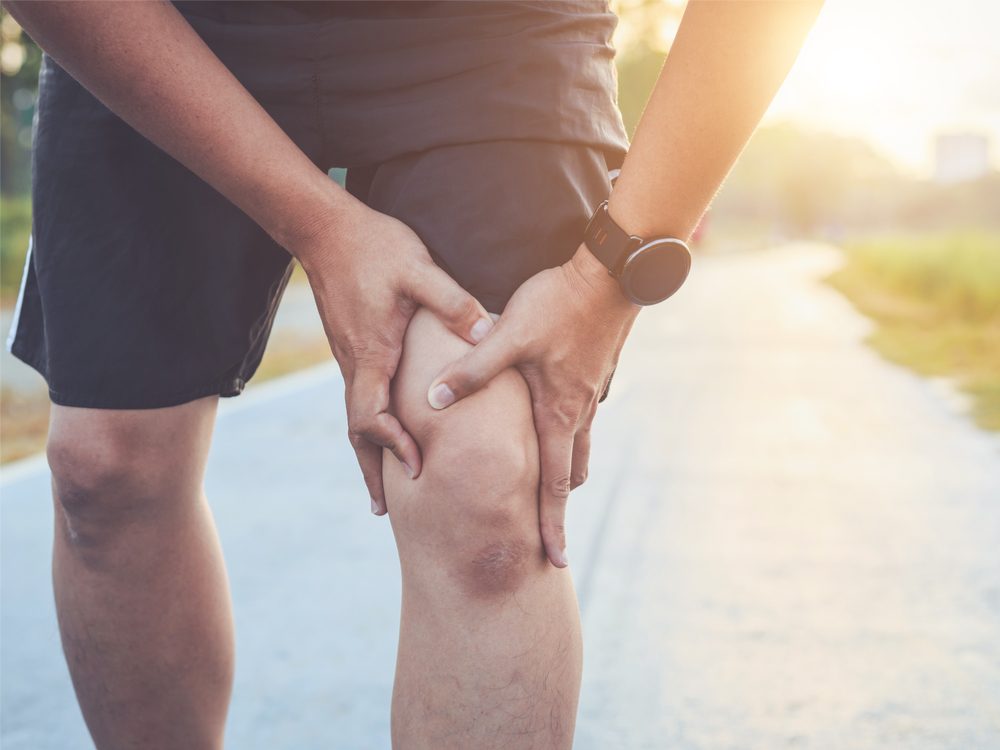
Physio can be a knee surgery alternative
Got bad knees? You don’t necessarily need surgery. A Harvard study from 2013 found that physiotherapy was just as effective for treating osteoarthritic knees.
Find out how to prevent knee problems at any age.
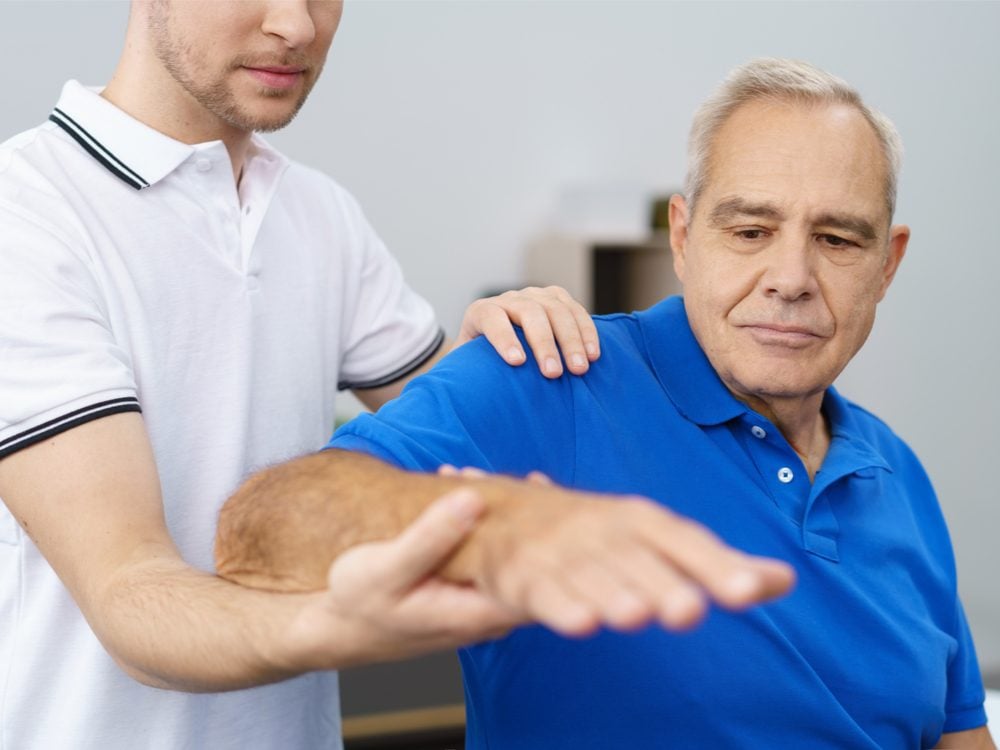
Don’t stop before you’re ready
Just because your discomfort is gone, it doesn’t mean your injury has healed. The first six weeks after getting hurt are when scar tissue is “remodelled,” which, in many soft-tissue injuries, helps prevent reinjury. Cutting therapy short can put you at an increased risk of reinjury.
These daily habits can help you prevent muscle loss.
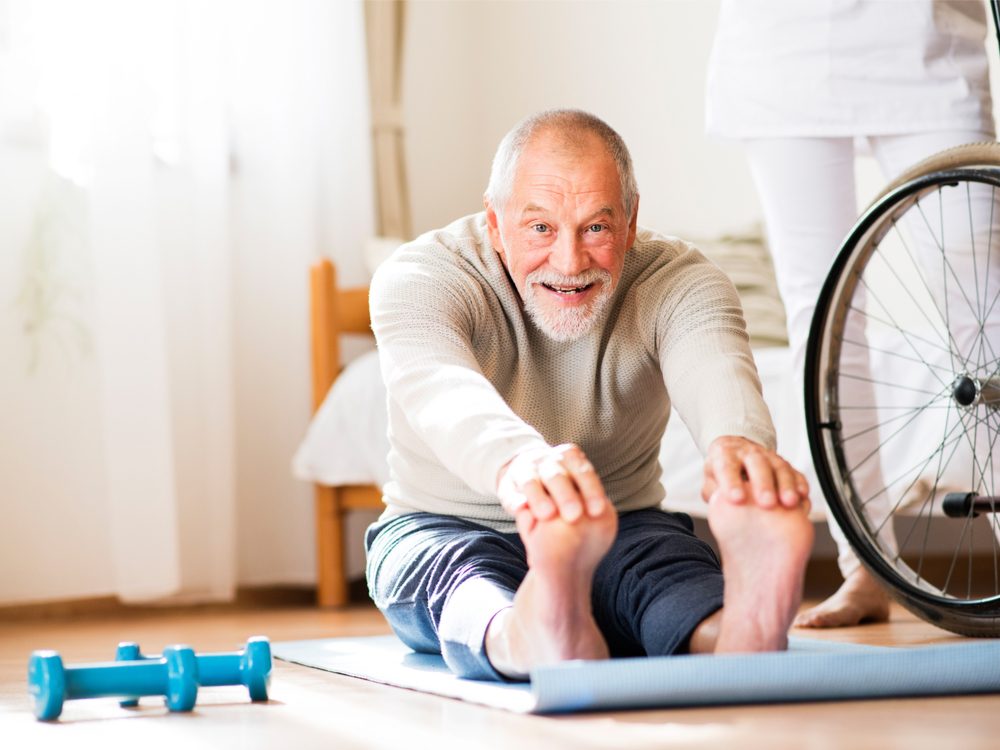
Make time for physio at home
Physiotherapists will know if you haven’t done your homework. They design exercise plans for your body’s abilities and needs with pain management in mind. If you don’t work on your body at home, you’ll likely be returning again and again for the same issues.
Here’s what can happen when you start walking 10,000 steps a day.
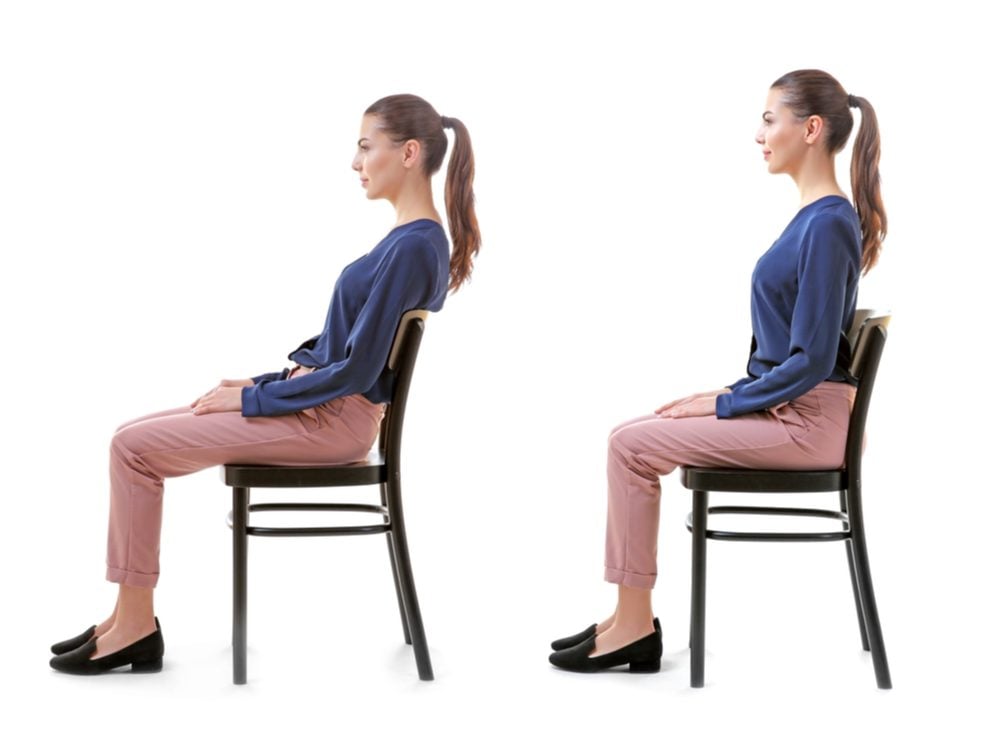
Bad posture is a myth
Your mom may have nagged you to sit up straight, but physiotherapists believe there’s no such thing as bad posture—just posture that may indicate aspects of activity or injury that need to be addressed. “We’re realizing that people’s bodies take specific positions because of the requirements of their lifestyle,” says Dhir. “We look at what your functional needs are and how we can adapt your exercise routine to help.”
Now that you’ve got these pain management tips under your belt, find out how weather affects joint pain.